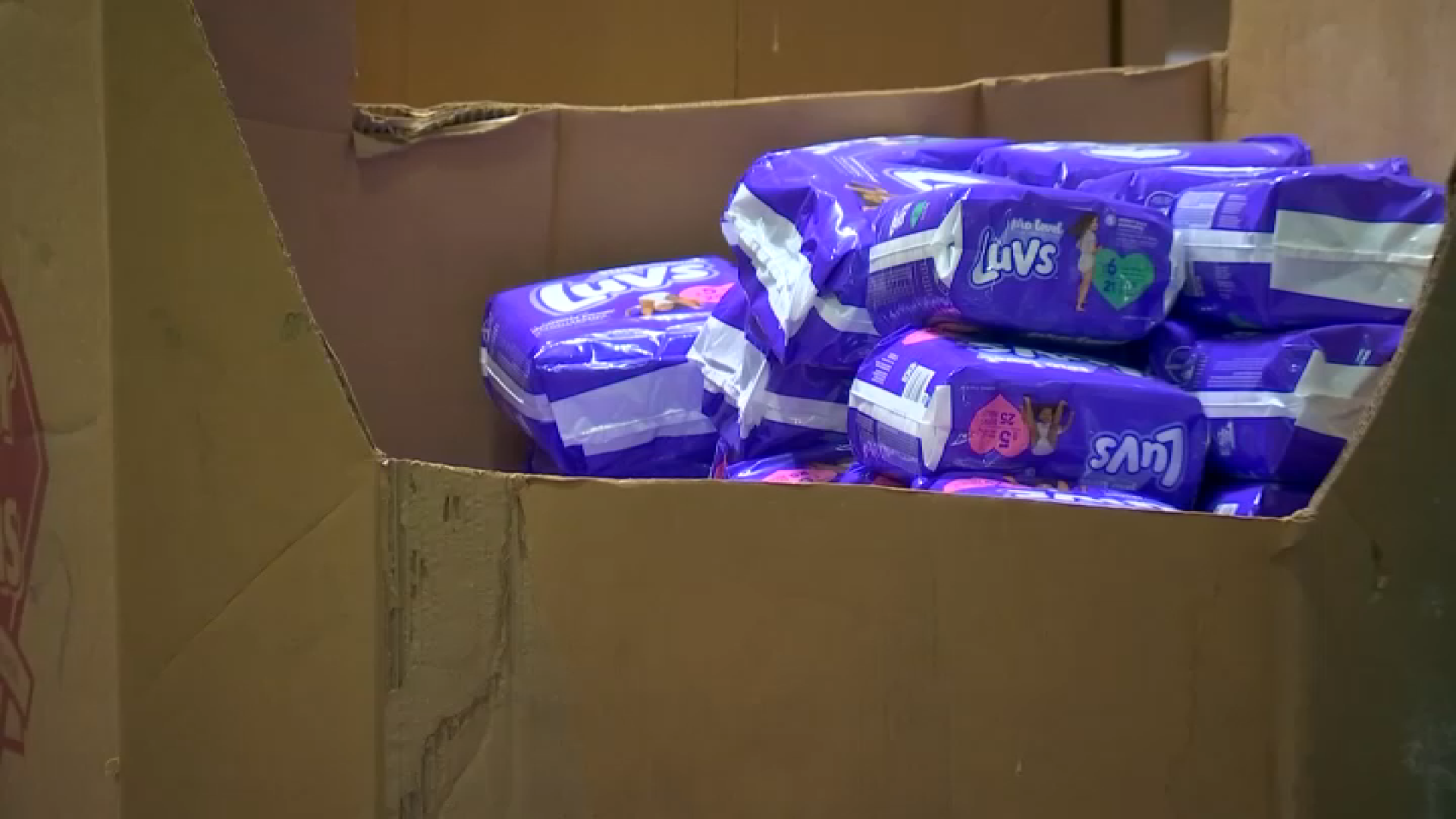When Safer at Home orders went into effect in March, many people found themselves food insecure for the first time — going to places like Westside Food Bank in Santa Monica for help.
“Even before COVID hit, food insecurity across the nation and specifically in Los Angeles was at an all-time high,” said Deputy Director Genevieve Riutort. “Then COVID hit and all of a sudden tens of thousands of additional families needed help and food banks were really challenged. How do we double our service overnight?”
The food bank soon received help from a group of college students, two of whom had spent time volunteering there as children.
“They just thought, we gotta do something, and somehow, I don’t really know how they did it, but they got a truck, they connected with a farmer and the next thing you know, they’re showing up at our warehouse unloading pallets of eggs,” she explained.
That college student was Aidan Riley, who attends Brown University. He was aided by James Kanoff, who goes to Stanford.
Together, the pair of Southern California natives helped create a new project called Farmlink, which is made up of a team of volunteers using technology to streamline food delivery from farms to food banks, which in turn, feed families.
It all started after that first egg delivery.
News
Top news of the day
“We called about two 200 farms and got hung up on, but it was on that 201st call that we found a farm that had eggs essentially,” Riley recalls. “He said, yeah, I have all these eggs, I have nowhere to put them and I don’t have a truck.”
So Riley rented a moving truck, picked up the eggs and delivered them to the food bank.
“We were really impressed because the logistics of rescuing food, which is essentially what they’re doing, it’s a food rescue project, can be really complicated,” Riutort said.
“Then we realized, this is a repeatable process. Even if we’re still just renting trucks and moving food, we can have high, high impact,” Riley said.
Farmlink began focusing on farms who had too much food and no one to sell to, after the pandemic forced the disruption of crucial supply lines.
“We all saw those headlines, millions of gallons dumped in the ground, apples, potatoes, onions buried,” Riley said. “Suddenly we had people saying, ‘I have a truck and I want to help you move food, I have a pickup truck, I have a vegetable garden, how can I get you guys this food? Sorry I can’t help in either of those ways, but take $50 and make sure it gets to someone in need.’”
Before they know it, the creators of Farmlink were securing and delivering hundreds of thousands of pounds food every week, with the help of donations and a growing team of volunteers.
Since March, the organization has delivered nearly 9 million pounds of food to food banks in 38 states.
“It just seemed so dystopian. How can you have millions of people flooding a charitable food system that isn’t designed for a crisis, and at the same time, have millions of pounds of food going to waste,” Kanoff wondered. “We can use this same system to feed people long after the pandemic, and that’s the piece that’s been most surprising to all of us.”
The Westside Food Bank and others across Southern California have welcomed the help.
“It was just a bunch of students who saw a problem and decided that they could respond,” Riutort said. “An innovative way to make a connection between farmers who had food that would otherwise go to waste and food banks that were serving people in need.”
Farmlink is always accepting donations and assistance however they can get it, and has consumed the lives of its founders, that some of them will be taking the fall semester off to focus on the project, which continues to help food banks feed families every day.
“We grow enough food to feed every person on this planet, and yet every year, a third of that goes to waste and millions of people go hungry and that doesn’t make any sense,” Kanoff said. “The more people that can pitch in and kind of join in this movement to end that absurdity, the better.”



